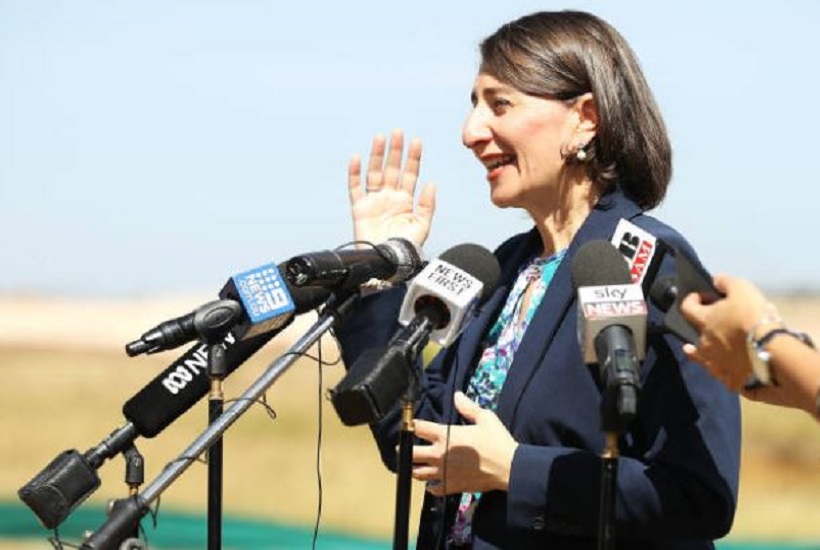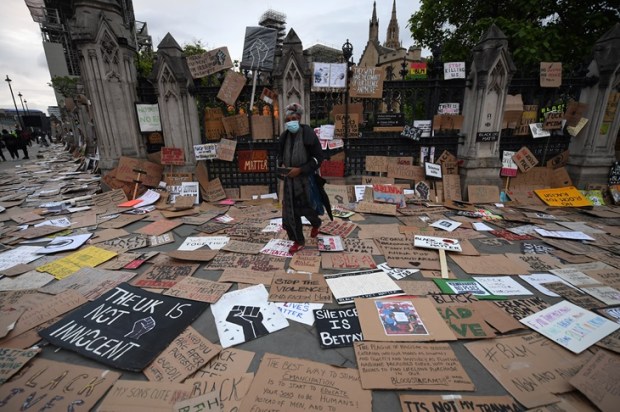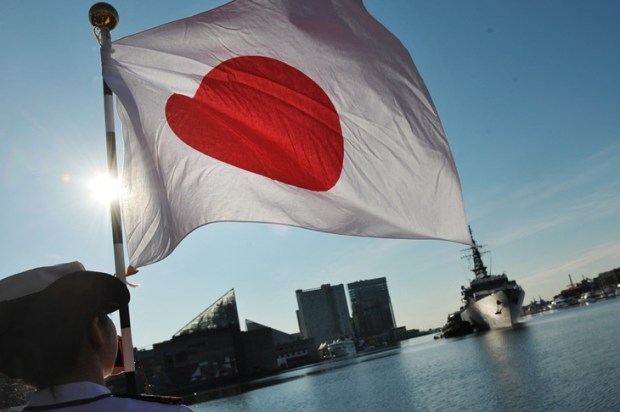If Gladys Berejiklian wins the state election she will be a certified New South Wales Liberal legend. There have been seven Liberal premiers preceding Berejiklian. None meet the threshold of party legend.
Robert Menzies formed the Liberal Party in 1944 but had Labor won control of Macquarie Street three years earlier and retained their grip for a mammoth 24 years. The first Liberal premier of NSW was Bob Askin who won in 1965 with the slogan, ‘With Askin You’ll Get Action.’ He went on to three more impressive election victories – 1968, 1971 and 1973. Askin was an excellent premier. He is a big part of why NSW today is the premier state. He was pro-free enterprise, pro-development and a staunch defender of state’s rights.
After a decade in the top job, Askin gracefully retired and was at the time NSW’s longest-serving premier. When he died a few years later the Sydney Morning Herald editorialised ‘he was one of the ablest, most industrious and colourful political leaders of Australia’s post-war era.’
Surely Askin qualifies for the status of party legend? No. I’ve been in and around the NSW Liberals for 25 years and not only is there no event or award named in his honour he is simply never mentioned. Shortly after his death, the now defunct National Times reported lurid stories of Askin’s wholesale corruption and rightly or wrongly that mud stuck.
Premier Askin’s successor was Tom Lewis who lasted only a year before being deposed in a party room coup and Eric Willis became premier. Four months later Willis lost narrowly to Neville Wran. Lewis and Willis are disqualified because of the brevity of their tenure.
Labor ran NSW for 13 years until Nick Greiner won for the Liberals in 1988. It was the high-water mark of Reaganism and Thatcherism and Greiner brought economic rationalism to NSW. Greiner is the reason why NSW had only a minor recession at the start of the nineties while Labor mismanagement in Victoria, South Australia and Western Australia caused fiscal implosions.
Greiner sadly doesn’t qualify for legend status because on his first attempt at re-election he was reduced to a hung parliament despite winning almost 53 per cent of the two-party preferred vote. A year into this tenuous arrangement Greiner was forced to resign because of an inquiry by ICAC – the corruption-buster he had bought to the state – which would later be proven to be without merit.
Greiner was succeeded by affable John Fahey. If anyone deserved re-election in 1995 it was him. Fahey won the Olympics for Sydney and made world headlines for tackling a gun-toting assassin of Prince Charles. The gun turned out to be a fake, but the courageous premier wasn’t to know at the time. When Fahey sought re-election in 1995 he again won over 52 per cent of the 2PP but Bob Carr’s Labor Party won the votes where it counted and, after a cliffhanger count, formed government.
After 16 long years of NSW slumber under Labor, in 2011 Barry O’Farrell led the Liberals to easily its biggest victory – 69 to 20 seats. All O’Farrell had to do was press the go button on development and NSW has boomed ever since. But BOF isn’t a Liberal legend because like Greiner, O’Farrell resigned because of a zero-substance ICAC investigation in just his first term.
The outgoing O’Farrell wanted Berejiklian to take over but a poll on the eve of the party room vote said Mike Baird was twice as popular and so Gladys stepped aside and Baird became premier. Baird won a decent victory in 2015 on a gutsy a privatisation platform but then resigned himself less than halfway through the next term. Baird was wrong about local council amalgamations and right about greyhounds but the public backlash was too much for someone who’d never been a political street fighter so he stepped aside for Berejiklian.
Seven Liberal premiers. Zero legends. Over the same period, Labor can make a decent claim to four (Bill McKell, Joe Cahill, Neville Wran and Bob Carr). Berejiklian will be our first party legend if she wins because she’d be winning a third term against three macro headwinds.
The most important and least recognised factor in determining state election results is Canberra. The states generally prefer to alternate between their federal government and their state government. At the end of Paul Keating’s prime ministership, every state was Liberal bar NSW. When John Howard lost in 2007 every state was Labor. This trend is particularly pronounced when the federal government is wobbly and right now bookmakers say there is an 80 per cent plus chance Shorten will win.
The second headwind is that outside Queensland every female premier or candidate for premier has lost at the ballot box. Perhaps that might change but if Berejiklian loses that trend only hardens.
Finally, Labor has dominated NSW politics. Since World War II there have been 23 state elections. Labor has won 15 of them. When the party split in the 1950s over communism, it was least pronounced in NSW. The sensible NSW right-wing members remained in the party – why the NSW Right has been such a powerful force in national politics. The NSW Liberals, on the other hand, have been dominated by factional obsessives resistant to reform with feuds stretching back to before the birth of Menzies’ child.
Let’s see if Berejikian has within her the stuff that makes legends.
Got something to add? Join the discussion and comment below.
Got something to add? Join the discussion and comment below.
Get 10 issues for just $10
Subscribe to The Spectator Australia today for the next 10 magazine issues, plus full online access, for just $10.


























Comments
Don't miss out
Join the conversation with other Spectator Australia readers. Subscribe to leave a comment.
SUBSCRIBEAlready a subscriber? Log in